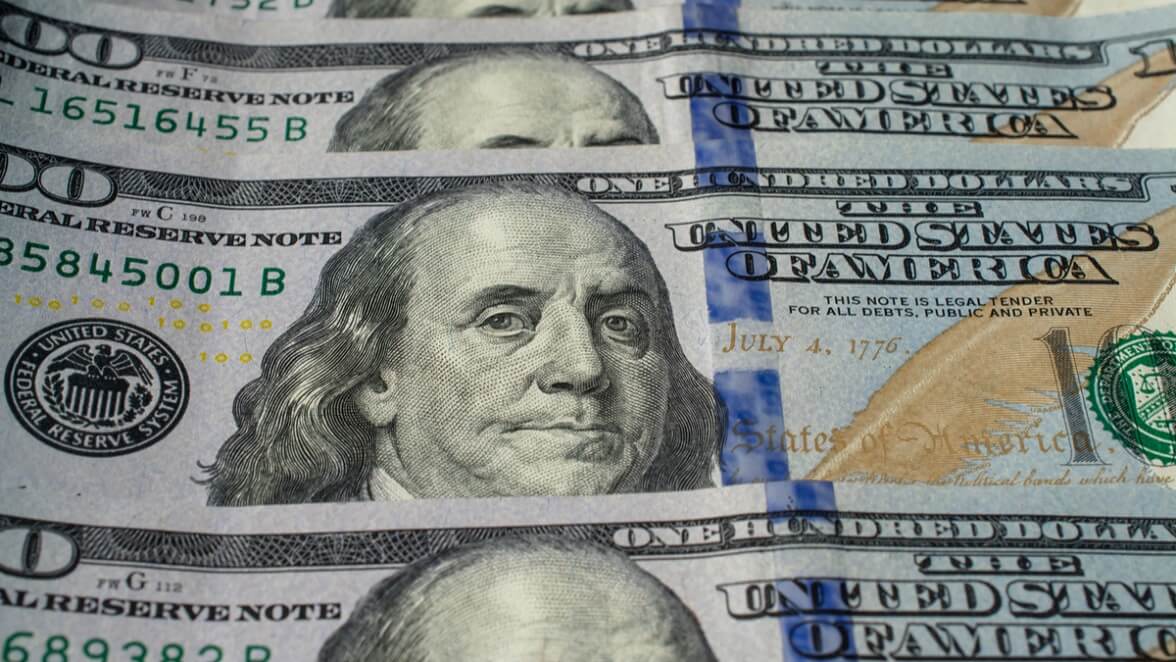Orange Money international money transfer guide [2024]
Everything you need to know about sending money abroad with Orange.

If you ever find yourself needing to mail a payment, a money order is a secure way to do just that.
It’s safer than mailing cash or a check, since it can be tracked and canceled, and it’s addressed to a specific recipient.
However, if you’re making an international money transfer, Online money transfer services like Wise may be faster, cheaper and easier.
Read on to learn what you need to know about purchasing, using and sending a money order from the United States Postal Service (USPS).
According to the USPS website, “Money orders are a secure payment method. They are convenient, affordable, and widely accepted. Money orders are a good way to send cash that never expires.”
Basically, they act like checks, so they’re more secure to mail than cash. But unlike checks, they’re paid for upfront, so they can’t bounce by the time the recipient tries to cash one.¹
You may be wondering, how does a money order work at USPS?
Money orders can be delivered by hand or sent through the mail. They can be used to send money domestically or overseas. If they’re lost or stolen, they can be canceled and replaced. In short, they’re one of the most secure ways you can send someone money if you need to send it via mail.
A money order purchased from USPS is very inexpensive, but you’re very limited on how much you can send. You can only send up to $1,000 domestically and $700 internationally (and only $500 to El Salvador or Guyana).
Here’s what you can expect to pay for your money order at a post office:
| Amount being sent | Cost of money order ¹ ² |
|---|---|
| Domestic money order $0.01 to $500.00 | $1.45 |
| Domestic money order $500.01 to $1000.00 | $1.95 |
| International money order up to $700 ( $700 is the highest amount you can send ) | $12.25 |
You can also buy a USPS money order at a military facility. Postal Military Money Orders cost $0.50 regardless of the amount being sent.²
You can send money to 26 countries using a USPS money order; the full list can be found here.⁵
If you aren’t sure if your money order will be accepted in the country you’re sending it to, check in advance, because it could take time to have your money order refunded if you need to cancel it.
For most of the countries that accept USPS money orders, the limit is $700 per order. The limit is $500 per order for El Salvador and Guyana.² Keep in mind that when you send a money order overseas, it has to be sent via mail, which can take a long time to arrive, depending on the destination.
Should you want to send more money or shop around for good exchange rates, you may want to look around.
For example, with an international provider called Wise, you can send money at the mid-market rate to more than 70 countries.
For people with more global needs, they also offer a multi-currency account and debit card.
You can also generate local account details in the US, United Kingdom, Europe, Singapore, Australia and New Zealand — essentially meaning, that you can pay and get paid just the same way a local person would in all these places and easily convert to and from your home currency.
It’s all made even more appealing by the fact that Wise does not have any sign-up or maintenance fees. If any of that sounds good, you can create a free account in minutes.

To send a money order from USPS, you’ll need to: ²
A USPS money order needs to be filled out the same way as any other money order — there’s not a lot of difference in the information you need based on where you buy your money order. You will need to: ² ³
| 💡 Using another money order provider? Check out our Western Union and Walmart money order guides. |
|---|
In general, money orders should arrive to the recipient in a couple of days. However, during weekends or holidays this might take longer. For this reason, make sure to wait at least 14 days before expecting some issue with the money order.
On the USPS website, you can enter the serial number of your money order (which can be found on the receipt) to check its status, track or cancel it or report it lost or stolen.⁴
When sending money overseas, you have a lot of options. It’s important to choose the one that’s going to be best for you, taking into account the convenience, the speed and the cost of the transfer. Hopefully, this guide helped you get closer to a decision.
Sources:
All sources checked 29 March 2022
*Please see terms of use and product availability for your region or visit Wise fees and pricing for the most up to date pricing and fee information.
This publication is provided for general information purposes and does not constitute legal, tax or other professional advice from Wise Payments Limited or its subsidiaries and its affiliates, and it is not intended as a substitute for obtaining advice from a financial advisor or any other professional.
We make no representations, warranties or guarantees, whether expressed or implied, that the content in the publication is accurate, complete or up to date.

Everything you need to know about sending money abroad with Orange.

What is Ria and how does it work?

Your full guide to international Amscot wire transfers.

Your full guide to M-Pesa international transfers.

Your complete guide to Pangea Money Transfer safety

Your guide to understanding and avoiding wire transfer scams